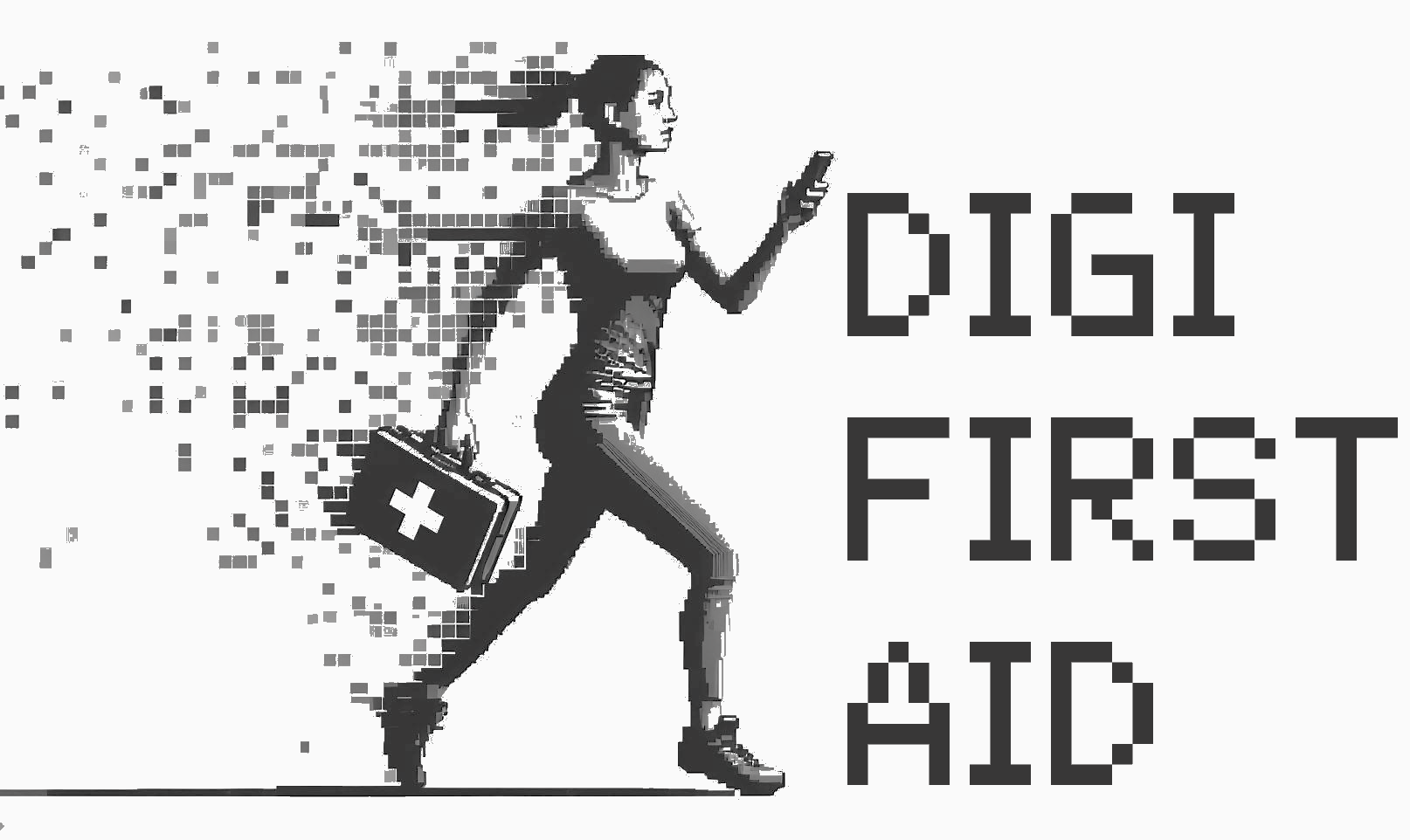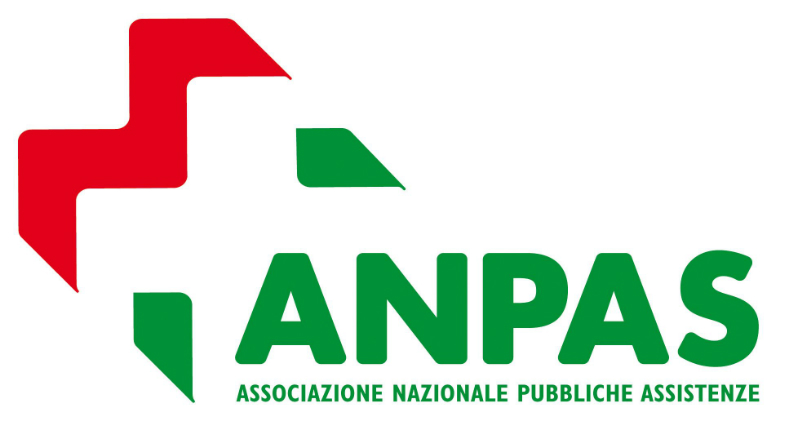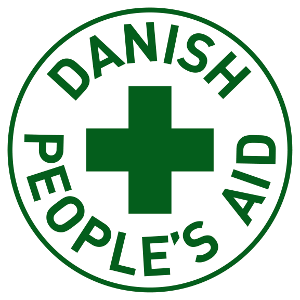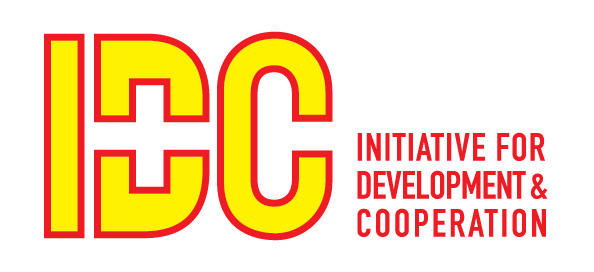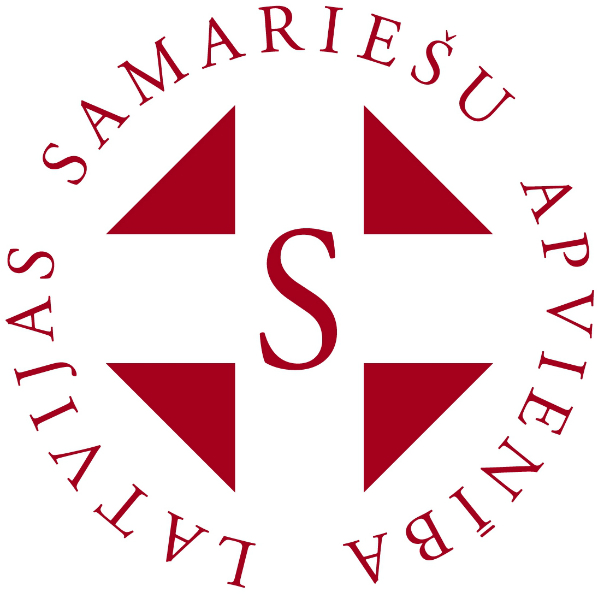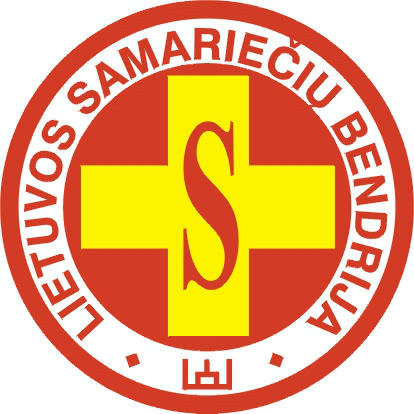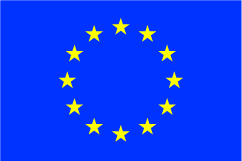Note on Lessons Learned: Associazione Nazionale Pubbliche Assistenze
Posted on |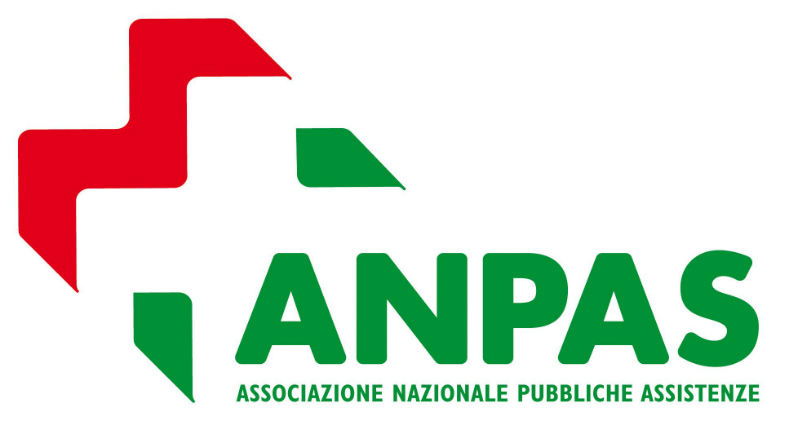
The participation of ANPAS in the DIGIFIRSTAID project was very useful for strengthening the practices already in use at regional and local level by some operative units of the ANPAS network and for comparing with the practices adopted by other European colleagues.
Furthemore, the contributions of all colleagues were invaluable not only for increasing levels of awareness on the topic and stimulating dynamics of common growth, but also for accelerating the process of progress on first aid training in digital mode for colleagues who did not bring prior experience.
It was possible to see how the Covid-19 pandemic has raised, with great impact and urgency among all partners, the issue of having to migrate training activities and re-training of volunteers to a digital perspective. At the same time, the discussions carried out between the representatives of the partnership during the project meetings outlined a rather similar, common picture regarding weaknesses and opportunities.
At the first project meeting, hosted by the Samaritan Association of Latvia (LSA), it was possible to note how already 10 years ago the Latvian colleagues, albeit ahead of times and trends, had started a first training experiment in asynchronous mode to disseminate among the population the basic notions of first aid without limitations of time and location. This experimentation reveals some critical issues, also shared by the other partners, regarding the consistency and adequacy of the materials, the verification of the levels of attention and learning of the beneficiaries. These problems are even more complex when those being trained are regular citizens learning first aid just “in case of”, but citizens committed as volunteers in emergency healthcare actions, where the attention of the learners and the verification of learning levels are still most essential and fundamental.
Aware of these needs, it has emerged that the provision of first aid courses for any type of target (citizens active in voluntary or non-volunteer-based activities) is more conveniently formulated in blended mode, i.e. synchronous and asynchronous. The position expressed by all organizations was unanimous regarding the impossibility of being able to project the practical part of first aid courses digitally. This remains an in-person prerogative, which not even the pandemic has managed to undermine – except with regard to limited access to training, i.e. as a second choice option when physical presence was completely prohibited. Regarding the practical part, it was interesting to learn, in this case from colleagues from White Cross of Bolzano, how useful it can be to introduce digital and gamification elements into practical training activities. Thanks to the use of smart mannequins, it was possible to simulate cardiopulmonary resuscitation through an interactive modality that brings immediate benefits both with reference to learning levels and awareness among citizens.
Finally, a recurring element in the discussions referred to the technological criticalities of digital first aid training with reference to the design and maintenance of a dedicated platform. The experience of each partner was able to reveal the impracticability of developing dedicated professional training platforms due to the high development and maintenance costs. An alternative solution to this shared problem is the use of the ERC CoSy platform, already in use by some colleagues, which offers a certified and constantly revised external support. It certainly can be valid option especially with reference to the re-training courses of volunteers and/or for the population. However the most impactful critical issue is linked to the linguistic interface, available only in English, which inevitably limits people’s access to its use.
The DIGIFIRSTAID project has certainly achieved the objective of making participants reflect more consciously on the strengthening of first aid training courses through the use of new digital technologies, but above all it has helped to share knowledge and experiences, integrating perspectives and producing positive changes among all participating organizations.
